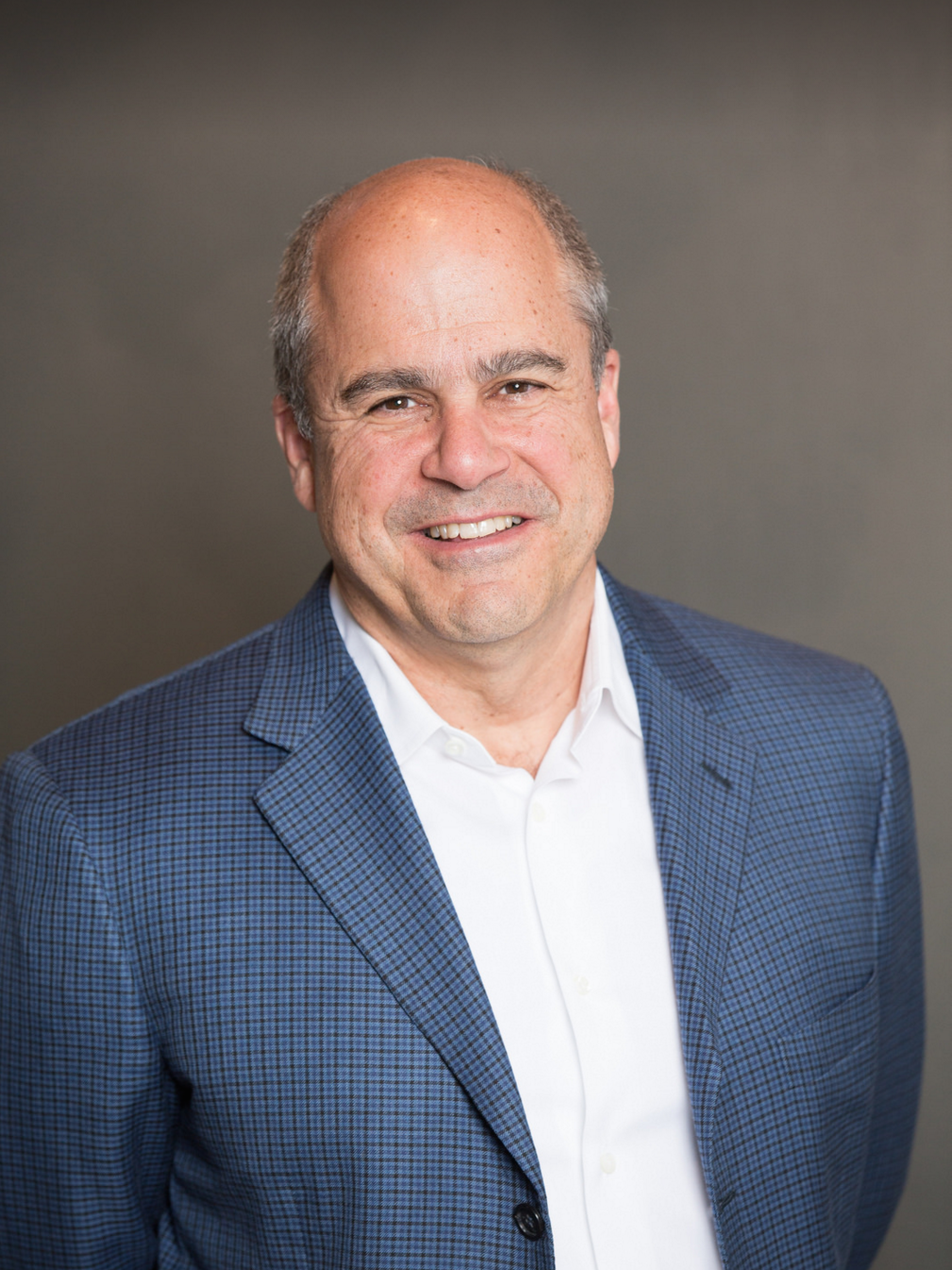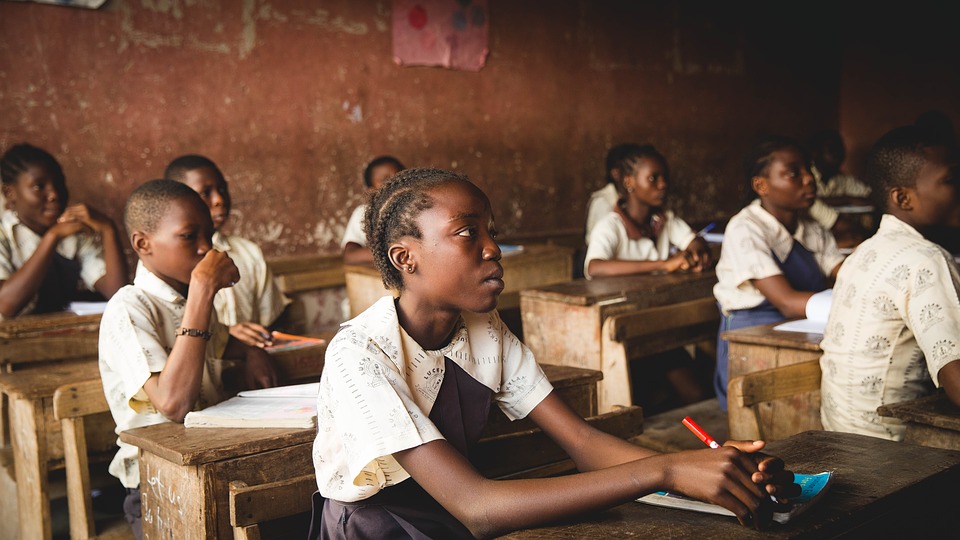An investment in education is not just a monetary commitment, but also an investment in our national and global development. When we endow our children with the tools to succeed, we empower them to shape the world around them, cutting loose the bondage of poverty and powerlessness.
The belief in the power of education is a unifying principle that transcends economic, geographic, and academic boundaries; a recent global survey found the top self-described need of respondents from poor and developing nations was a good education. Few would question the importance of dedicating more funding to education, or the necessity of it for our individual and community development in modernity. And yet, schools across the world struggle with a dearth of funds, teachers, and resources.
The educational sector is overdue for disruption. Impact investors have an opportunity to reform an archaic field to suit modern needs — and find returns for their investment portfolio or businesses, as well as society as a whole in the process. The field needs intervention; models in place today are painfully outdated even in countries that style themselves as academic leaders. As Codecademy founder Zach Sims explains in an article for Forbes:
American education remains basically modeled on an approach hundreds of years old. Students with varying levels of ability sit in classes organized by grade level before a “sage on the stage” who teaches reading, writing, arithmetic, and a bit of science. That system, at least in the U.S., doesn’t seem to work well enough. Among developed countries ranked by the Organization for Economic Cooperation and Development, the U.S. is 31st in math achievement, 24th in science, and 21st in reading.
The statistics speak for themselves. Though tried and (arguably) true, the systems in place today aren’t optimal. Moreover, admittedly optimistic goals set by the United Nations have come and gone without the hoped-for progress. The achievement gap persists. As we’ve already seen in countries near and far alike. The time is now ripe for investors to make a difference in children’s lives across the globe.
Involvement and intervention in this sector trend toward three distinct methodologies:
For-Profit Entrepreneurs: These investors apply a business-centered perspective to education. They look at subpar test scores, inefficient teaching models, and struggling institutions and see a profitable opportunity to disrupt an archaic business and create financial returns.
Social Entrepreneurs: Social entrepreneurs are oriented more towards enacting positive change but, to a lesser degree, still share the above group’s interest in self-sustainability and profit.
Charity: Charities diverge from the above two categories by foregoing the drive for profit and focusing solely on driving positive development.
All three approaches are useful in their own way, although some are more suited to certain projects than others. The determination of which approach will best suit a project usually comes down to the philosophy and intent behind the venture itself. Is the project an app designed to empower individual teachers and students from afar and offered for free? A social or for-profit entrepreneur might be the best call. Is the endeavor a community project that needs a strong pipeline of donations to thrive? A charity-based approach could suit that need.
To give a real-world example: the Rwanda Girls Initiative (RGI) and Khan Academy both stand as successful case studies on how philanthropically-directed organizers can spark disruptive and positive change in the educational sector, albeit in different ways. The former is charitably funded via foundations and smaller donations; the latter came to fruition with the work of social entrepreneurs. Both find successes and face barriers as a result of their model of investment — and provide social entrepreneurs and charitable investors with frameworks to use and improve upon in future disruptive. Below, find a brief sketch of the two models:
Rwanda Girls Initiative
The RGI is a charitably-funded initiative intended to provide a quality secondary school education to Rwandan girls who cannot find schooling due to geographic, social, or financial barriers. The venture was co-founded in 2009 by Shal Foster and Soozi Sinegal McGill with the belief that access to education is a right for all children, rather than a privilege for the wealthy. That same year, the initiative received permission from the Ministry of Education (MINEDUC) to break ground on the Gashora Girls Academy of Science and Technology, an upper-secondary college prep boarding school, in the Bugesera District. By 2011, the school was able to welcome its first class of 90 girls. RGI seeks to generate impact in key areas like improving food security; fostering entrepreneurship; showcasing technology; promoting higher education and developing women leaders. The best testament to this initiative is the fact that its graduates have gone on to attend colleges such as Harvard, Stanford, Yale, Princeton, MIT, Pomona and countless others.
Given that the Rwanda Girls Initiative is a school that provides a high-caliber education at a low cost, the venture does not readily lend itself to the business or profit it would need to be self-sustainable. Thus, RGI relies on a steady stream of charitable donations to thrive. The organization is affiliated with a number of well-known foundations, including but not limited to the Seattle International Foundation, the Howard Buffett Foundation, Costco Wholesale, Cargill, and the Cummings Foundation. Due to Microsoft’s charitable intervention, the Gashora Girls Academy (GGA) is also equipped as a Microsoft Showcase School. RGI stands as a glowing example of what a charitable endeavor can achieve if well-organized and effectively funded.
Khan Academy
Khan Academy differs from RGI’s model by offering courses online rather than in a geographically-limited building. The non-profit educational organization was created ten years ago by educator Salman Khan to create an accessible place for people to learn everything from basic algebra to advanced economics. With the production of short lectures in the form of YouTube videos, the website and its instructional content are provided mainly in English, but are also available in other languages like Bengali, Hindi, and Spanish, providing a high level of accessibility to students and educators across the globe.
Additionally, the Khan suite of programs includes top-to-bottom college preparation courses that cover the entire process, from advice on making the most of high school to instruction in the post-graduation leap to the professional world. It may sound like a trifle, but countless underserved students find themselves at a major disadvantage in college admissions. Offering practical help in navigating the myriad challenges of college life, especially for first-generation undergraduates, Khan Academy represents major educational access and impact in a revolutionary way.
Similarly to RGI, Khan Academy enjoys support from outside philanthropic forces. Prominent impact investors, including the Gates Foundation and Skoll, have thrown their support behind Khan’s creation and have empowered this group to further reinvent educational outcomes worldwide. However, Khan Academy itself is a prime example of a social entrepreneurship project; the company does not rely solely on donations to thrive because its business-oriented model enables it to sustain itself.
Of course, social projects like these have their barriers. Many investors who are capable of making a real impact shy away from giving to education, fearing that the educational methods their recipient uses will fall out of favor, or that their attempts to help will crumble against the pressure of political infrastructure. This often means those who can potentially make the biggest impact seek to make that impact elsewhere, where fewer obstacles stand between them and real change.
Educationally-centered ventures may not be guaranteed an easy profit but they are worthy of our attention. Along with health care, education stands as a mission-driven philanthropic sector that many of today’s best and brightest want to support, even if they aren’t quite sure how. Apple CEO Tim Cook, for example, has spoken publicly about committing much of his substantial charitable outlay to projects that promise to create educational opportunities for the worldwide poor. In a time when inequality is more relevant than ever, such initiatives can go a long way to creating a more just and equitable world.
If ventures like these prove anything, it would be that modern technology and information sharing enable entrepreneurs and impact investors alike the opportunity to customize their approach to improving education. It allows us to blur the barriers; to make a productive change irrespective of whether the project at hand is a public, private, religious, secular, or even online school. Opportunities abound at every academic level, from providing tools to individual students to intervening on behalf of entire schools. The decision to innovate ultimately falls to us: the investors, the social entrepreneurs, and the charitable organizers led by lay people with a dream and vision. We are in pursuit of a better future for our children and improving education can play a critical role; it will be for us to decide where our investment dollars will make the most difference. We welcome the opportunity to evaluate and maybe even collaborate on ventures across the educational spectrum.


